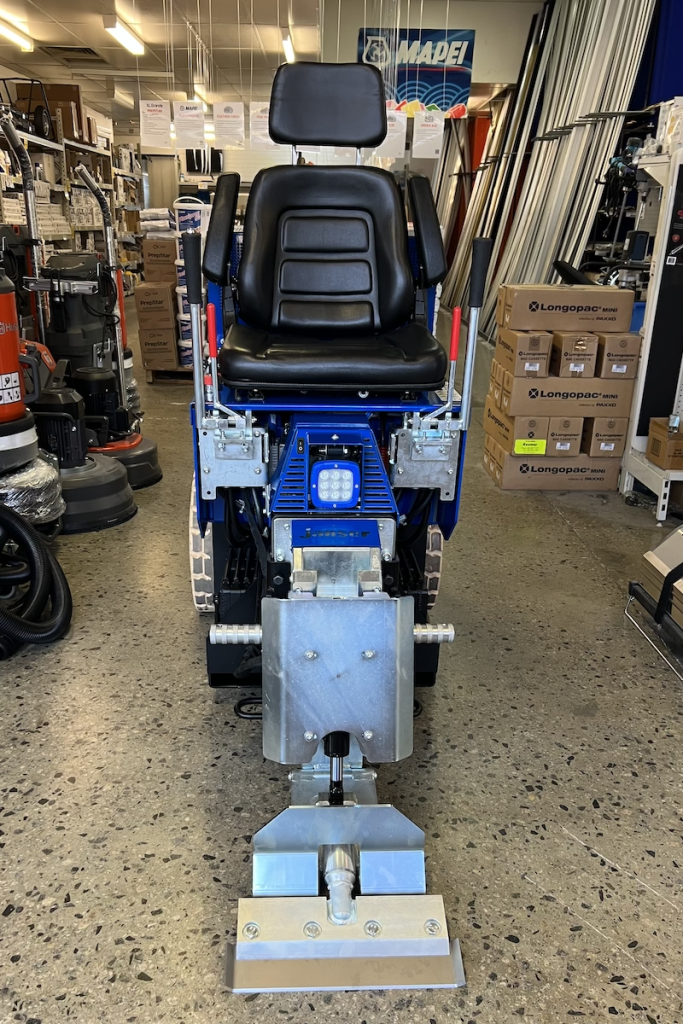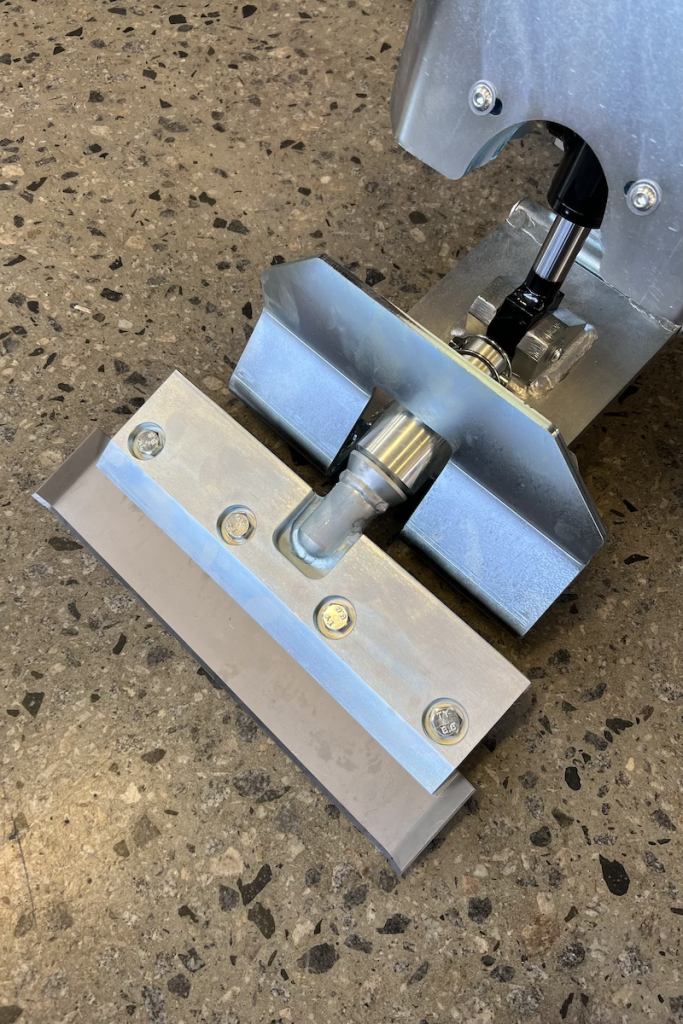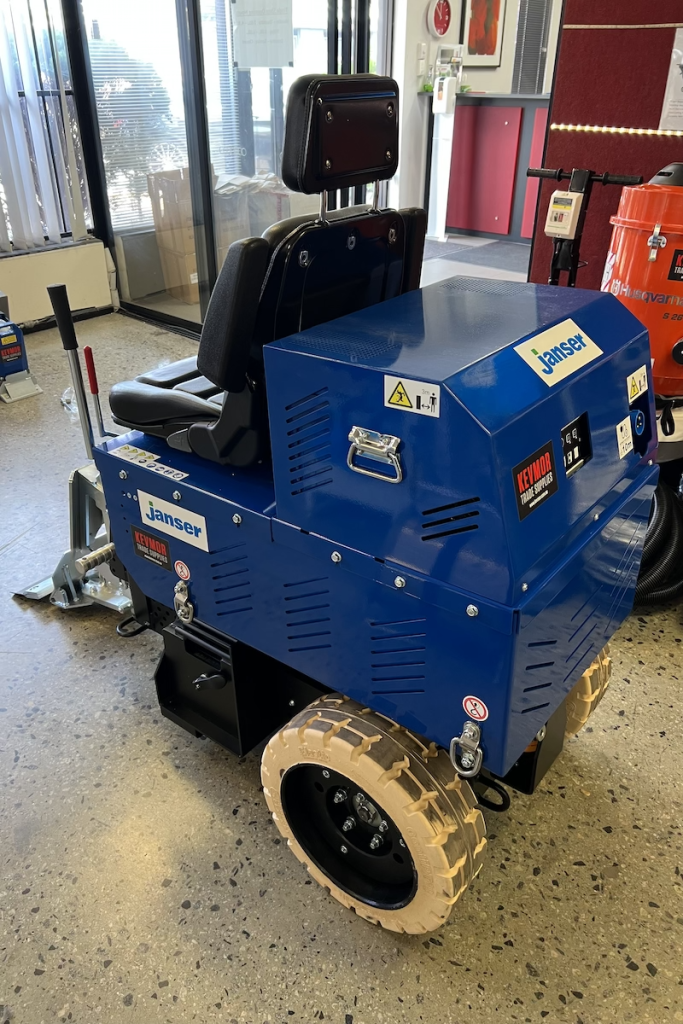Kevmor is Business as Usual, Australia wide Delivery OK, Drive Through Now Available in Perth
- Perth Office: 08 9277 7177
- Nationwide: 1300 KEVMOR (1300 538 667)
- About
- Contact
- Free Next Day Delivery Australia Wide*
Kevmor is Business as Usual, Australia wide Delivery OK, Drive Through Now Available in Perth
Embarking on a renovation project or addressing an issue beneath your floor tiles? In either case, you’ll need to remove those tiles first. This How To Remove Floor Tiles Guide delves into two distinct methods for floor tile removal: the hands-on, manual approach and the more efficient ride-on powered floor scraper.
Whether you’re a DIY enthusiast or a seasoned professional, these techniques will help you tackle your tile removal project with confidence. Read on to explore both methods and learn how to remove floor tiles efficiently and effectively.
With so many different methods and tools available, removing old floor tiles can get tricky if you’re looking for how to remove floor tile the best way for your project.
The method you choose will depend on the tools available to you, as well as the type of tile and adhesive being removed.
To help you make an informed decision, we’ve outlined the pros and cons of both manual and powered tile removal and take you step-by-step through each tile removal method.
But first, are you going wet or dry?
Wet tile removal uses water to soften tile adhesive. This method minimizes dust.
Dry tile removal uses mechanical force that breaks floor tiles and the adhesive without soaking in water first. Both wet and dry tile removal can be done manually or with a floor removal machine such as the Janser ADB Ride On Floor Scraper.
When it comes to removing floor tiles, there are two main options available to you: manual and powered removal.
Manual tile removal involves using tools such as hammers, chisels, and scrapers to break up the tiles and adhesive. This method is ideal for small-scale projects or for those who are working with a limited budget. On the other hand, powered tile removal involves using specialized tools such as electric floor scrapers, which can speed up the process and make it easier for larger projects. Whether you choose manual or powered removal, it’s important to have the right tools and safety gear to get the job done safely and efficiently.
This method involves breaking up the tiles with a chisel and hammer and then using a pry bar to lift and remove the tiles or an air electric jackhammer. It is suitable for small areas or for removing tiles from tight or hard-to-reach spaces such as stairs or powder rooms and is less expensive than purchasing or hiring a ride on machine.
KEVMOR TRADESMAN’S TIP
If you are completing a large project it is important to weigh up the labor hours required to perform manual tile removal and how many people you would need, versus hiring or purchasing a ride on floor scraper.
Manual tile removal is a cost-effective and precise method for removing tiles, especially in small areas or in tight and hard-to-reach spaces. Using tools such as a chisel, hammer, and pry bar or jackhammer. Although labor intensive, manual tile removal is suitable for small areas like a bathroom or kitchen and usually done in residential settings as machine-based tile removal is not practical.
To remove tiles manually you will need the following items:
To manually remove floor tiles, you can’t go wrong if you follow these 7 steps:

An electric ride-on floor scraper is a specialised, high powered machine equipped with a large blade, carbide shank or chisel to remove tiles. Far more efficient than manual removal, these powered floor scrapers are suitable for large flooring removal projects as it can cover a large area in a short amount of time and is more efficient than manual methods.
The blade is used to cut through and separate the flooring material from the subfloor which can then be cleared away.
Ride-on floor scrapers are often used in commercial and industrial settings to remove large areas of flooring quickly and efficiently. They can also be used in residential settings for removing flooring in larger areas like open plan kitchen, living and dining room configurations.
There are several advantages to using a ride-on floor scraper:
To use a ride-on floor scraper, you will need a few tools in addition to the machine itself. Here’s all the tools, including the ride-on machine.
KEVMOR TRADESMAN’S TIP
Make sure the ride on machine is fully charged the day/night before the job. They take 8 hours to fully charge. Also, bring a spare blade with you to ensure the job does not get held up.
Here are the 10 steps for using a ride-on floor scraper to remove tiles:

KEVMOR TRADESMAN’S TIP
Machine removal of tiles creates a high volume of debris in a short amount of time, always ensure you have enough additional labor to remove the debris from the area so you can continue to be productive.
Sometimes on commercial projects with a large floor area you will need to release the tension in the adhered ceramic tiles to make the job more efficient. This can be done by first using the ride on to scrap diagonally across the entire floor area and then if required vertically as well (refer diagram below) before continuing to scrape as normal.

Keep in mind that a ride-on scraper is a powerful machine and can cause damage if it’s not operated properly. Be sure to read and understand the operator’s manual before starting the job, and be prepared to spend some time practicing with the machine before you begin the tile removal.
The Janser Ride On ADB Floor Scraper is a powerhouse ride on floor scraper perfectly suited to removing floor tiles on commercial or large scale jobs with ease. With a run time of 8 to 12 hours depending on the flooring material this German made ride on can strip 61m of flooring per minute making it at least 30% more effective than other models.
Another option is the Junior Ride on Floor Scraper, this smaller more compact ride with continuous run time just plug in and go, easily fits through standard doorways and is light enough to be transported in a lift in buildings with multiple levels. It can strip 37m of flooring per minute.

At Kevmor we prefer Janser Germany floor scrapers for several reasons, including:
It is important to be careful and wear protective gear, such as goggles and gloves when removing floor tiles no matter which method you use. The process creates a lot of dust and debris that can be harmful if inhaled or if it comes into contact with your skin.
It is also important to be mindful of any electrical outlets or pipes that may be located beneath the tiles on walls and floors including covered outlets that have been covered over that you may not be aware of.
Thanks for coming by the Kevmor blog!
Next article: 4 Power Tools For Powering Through Floor Laying Jobs